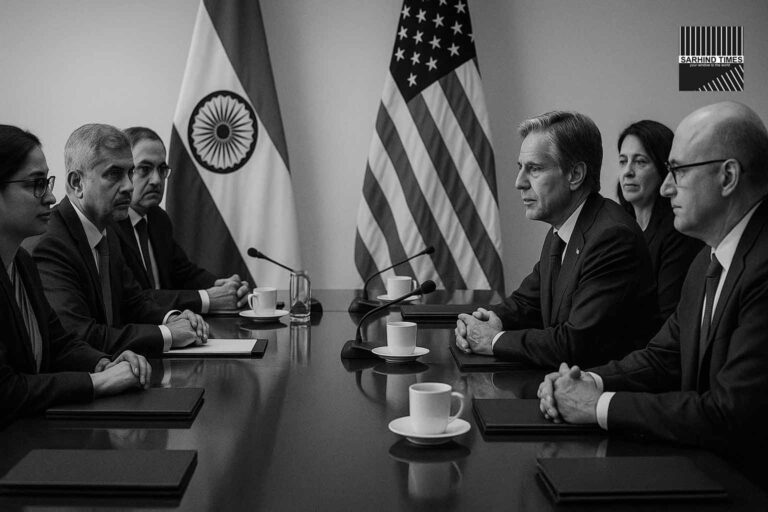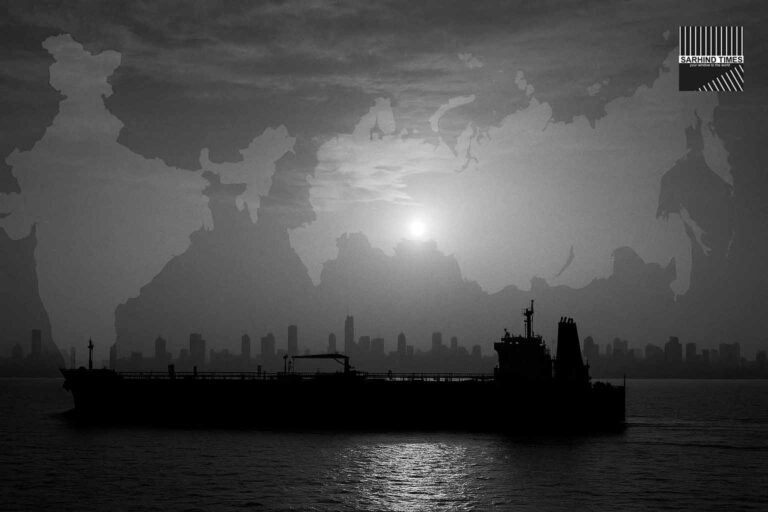India–US relations are once again in the spotlight. A senior US official this week described the dynamic between Prime Minister Narendra Modi and US President Donald Trump as “very positive,” signaling warmth in high-level diplomacy. Meanwhile, a Trump aide added that Washington does not intend to “punish India,” particularly on trade and energy, stressing hopes for cooperation on crude oil imports.
These remarks come at a time when both countries are recalibrating their geopolitical and economic strategies. India is working to balance its energy security needs, attract supply chain shifts away from China, and safeguard exports amid tariff concerns. The US, meanwhile, is eager to deepen ties with India in energy, defense, and technology—areas that carry both economic weight and strategic significance.
This article explores the context, implications, and future trajectory of the India–US relationship in the Trump 2.0 era.
The Diplomatic Signals
The US briefing characterized Modi–Trump ties as constructive, hinting that an early bilateral meeting could materialize. Such a summit, if realized, would focus on key agenda items:
- Energy cooperation, especially crude oil and LNG imports.
- Trade disputes, including tariffs on electronics, fuels, and manufactured goods.
- Semiconductor partnerships to secure supply chains.
- Defense collaboration in Indo-Pacific security frameworks.
The tone contrasts with past tensions, where India often faced the threat of punitive tariffs or CAATSA sanctions. The new messaging suggests a pragmatic approach, with Washington seeking partnership rather than confrontation.
Energy Security: At the Forefront
India’s Needs
India imports over 85% of its crude oil and nearly half of its gas requirements. With rising energy demand, diversifying sources is a national priority.
The US Angle
Washington hopes New Delhi will increase imports of American crude and LNG, supporting US producers while reducing India’s dependence on Middle Eastern suppliers.
The Middle East Factor
India’s heavy reliance on Gulf nations for energy has geopolitical risks. By aligning with US suppliers, India could hedge against regional instability while strengthening bilateral trade ties.
Trade Relations: Cooperation vs. Friction
India and the US share a robust trade relationship valued at over $190 billion annually, but disputes persist.
Key Issues
- Tariffs on Electronics: India’s growing electronics exports face scrutiny in Washington.
- Refined Fuels: US officials are monitoring India’s re-exports of Russian crude derivatives.
- Market Access: Pharma, agriculture, and e-commerce remain contentious.
While Trump aides emphasize not “punishing India,” analysts note that pragmatism doesn’t erase friction. Expect negotiations on tariff adjustments, quota relaxations, and WTO-compatible settlements.
The China Factor
A major driver of US–India engagement is the shared goal of de-risking from China. Both countries seek to:
- Reconfigure supply chains in semiconductors, electronics, and critical minerals.
- Strengthen Indo-Pacific alliances to counterbalance Beijing.
- Collaborate in defense exercises, maritime surveillance, and cybersecurity.
India’s role as a democratic counterweight to China makes it indispensable to Washington’s strategic calculus.
Semiconductors and Tech
Semiconductors will likely be a centerpiece of Modi–Trump engagement. India’s semiconductor mission is aligned with US interests in reducing China’s dominance. Potential collaborations include:
- Joint ventures with American chipmakers.
- R&D partnerships for AI and defense tech.
- Export incentives for electronics manufacturing in India.
This area could redefine India–US ties beyond energy and defense.
Defense and Security
The defense relationship has steadily grown, with India purchasing US aircraft, drones, and maritime systems. Trump’s administration is expected to push for:
- Greater interoperability in Indo-Pacific exercises.
- Joint defense manufacturing projects under “Make in India.”
- Counterterrorism and cybersecurity cooperation.
These align with India’s goal of modernizing its military while retaining strategic autonomy.
Expert Reactions
- US Policy Analyst: “The tone has shifted. It’s less about punishing India and more about building a pragmatic partnership.”
- Indian Economist: “Energy and trade are the low-hanging fruit. But both sides must navigate tariffs carefully.”
- Geopolitical Expert: “The China factor is the glue. Without it, the US–India relationship would still be transactional.”
Challenges to Watch
- Tariff Retaliation Risks: Any sudden US tariff hike could trigger countermeasures.
- Russia Linkages: India’s continued imports of Russian crude may complicate US relations.
- Domestic Politics: US protectionism and Indian self-reliance policies could clash.
- Implementation Gap: Goodwill may not always translate into policy outcomes.
Possible Summit Outcomes
If an early Modi–Trump summit happens, likely deliverables could include:
- A new energy partnership framework for oil and LNG.
- Tariff relief packages on select goods.
- Semiconductor collaboration announcements.
- Expanded defense cooperation roadmap.
Such outcomes would reinforce the “very positive” characterization of ties.
The Broader Geopolitical Picture
The India–US relationship is now more than bilateral—it is central to global geopolitics. Whether in energy security, trade realignment, or Indo-Pacific stability, New Delhi and Washington are being drawn together by overlapping interests.
At the same time, India continues to balance relations with Russia, the EU, and the Global South, underscoring its role as a multi-aligned power rather than a junior partner.
Conclusion
The “very positive” Modi–Trump equation, underscored by signals from US officials, marks a phase of renewed optimism in India–US relations. With energy and trade on the table, both countries have much to gain from pragmatic cooperation.
Yet optimism must be tempered with realism. Tariff disputes, Russia’s shadow, and domestic political pressures remain hurdles. Still, if managed carefully, the India–US partnership could become one of the defining alliances of the 21st century—anchored in shared interests, tempered by pragmatism, and driven by a vision of resilience in a turbulent world.
#IndiaUS #Modi #Trump #Geopolitics #Energy #Trade #Diplomacy #GlobalEconomy #IndoPacific #StrategicPartnership





















+ There are no comments
Add yours